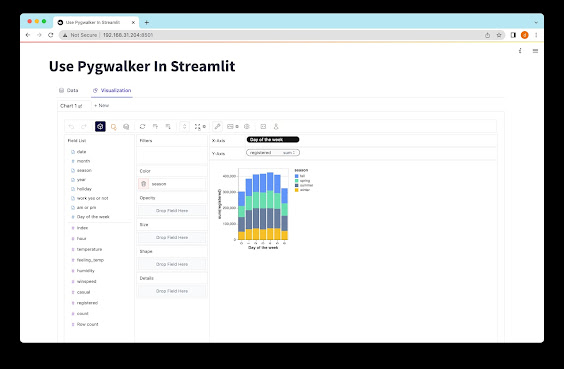How to Join Data in Tableau: A Comprehensive Guide
 Data joining is a critical aspect of data analysis and visualization in Tableau. By combining data from multiple sources, you can uncover valuable insights and create more comprehensive visualizations. In this article, we will explore various techniques and best practices to join data in Tableau effectively. ## 1. Understanding Data Joining in Tableau ### What is Data Joining? In Tableau, data joining refers to the process of combining data from different data sources based on common columns or fields. By joining data, you can merge related information into a single dataset, enabling you to perform comprehensive analysis and visualizations. ### Keyword Search Intent: Types of Joins in Tableau Tableau supports various types of joins, each serving specific purposes. Understanding these join types will help you choose the appropriate one for your analysis: 1. Inner Join: Retrieves matching records from both tables while discarding non-match...
